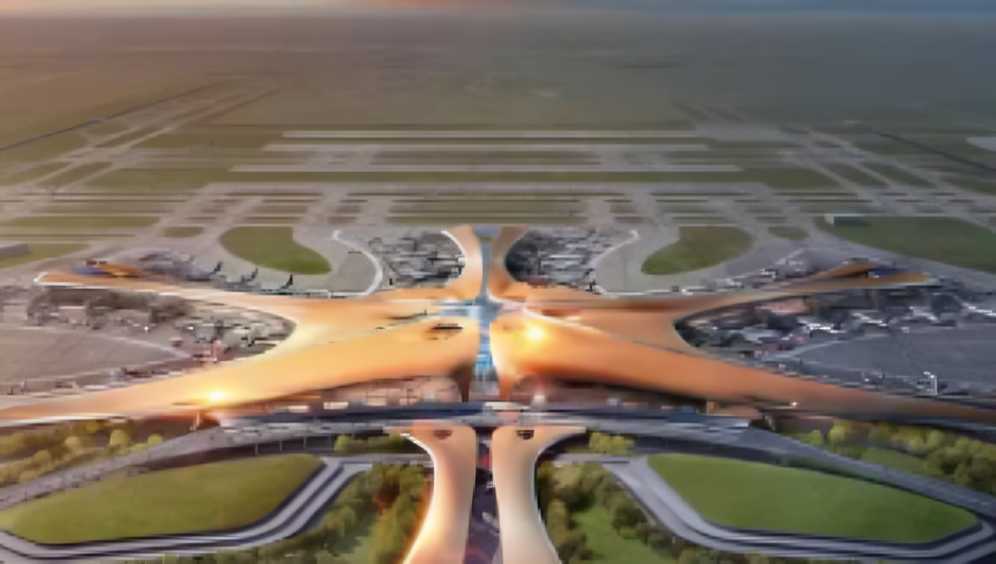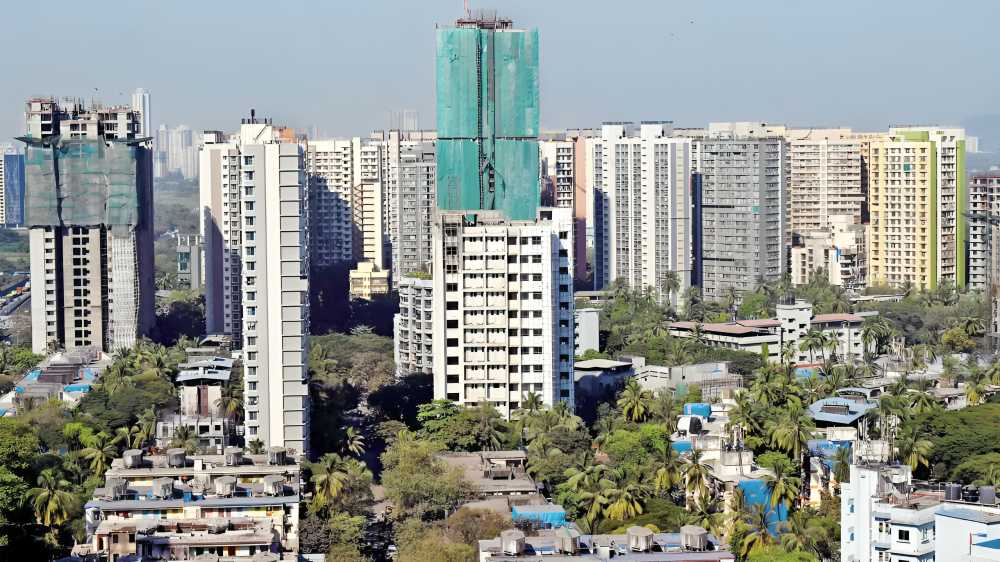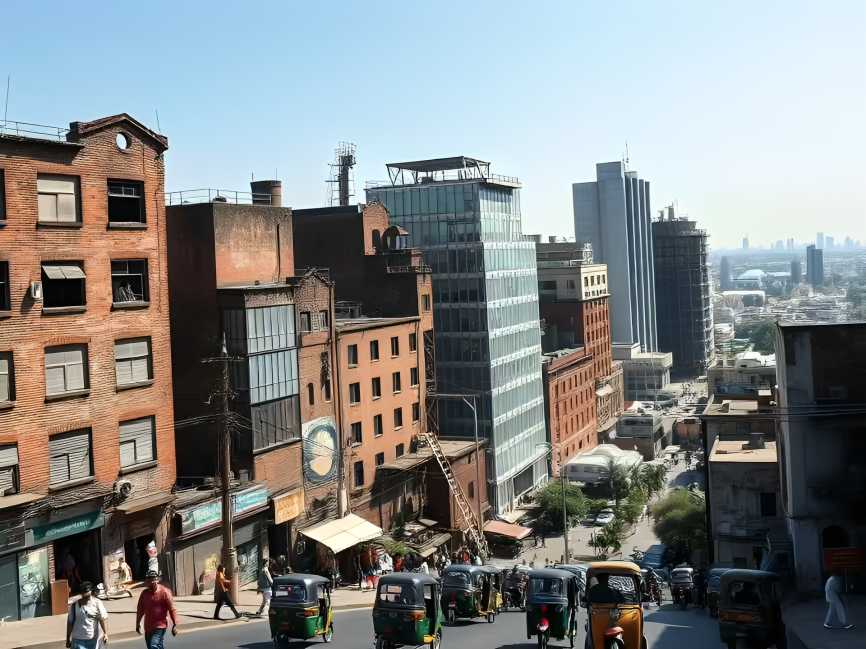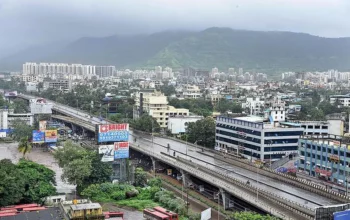July 16, 2025: In a significant update on one of India’s most ambitious infrastructure projects, Maharashtra Chief Minister Devendra Fadnavis announced that approximately 94% of the Navi Mumbai International Airport (NMIA) has been completed, with a target to commence commercial operations by September 30, 2025.
Touted as the most advanced and fully-equipped airport in the country, Fadnavis revealed that instructions have been given to implement the world’s fastest baggage claim system. During a site inspection alongside Deputy Chief Minister Eknath Shinde and Forest Minister Ganesh Naik, the Chief Minister confirmed the runway is complete, while interior work on the terminal building is progressing swiftly. Although the exterior façade and ceiling require an accelerated push, overall construction is advancing rapidly.
The airport’s cutting-edge baggage handling system will utilise 360-degree barcode scanning to enhance accuracy and efficiency. Once operational, NMIA will boast two runways and an annual passenger handling capacity of 90 million, surpassing the size of Mumbai’s Chhatrapati Shivaji Maharaj International Airport.
Fadnavis noted that all commercial licences and physical infrastructure are expected to be finalised by September, subject to the Prime Minister’s availability for the inauguration. Currently, 13,000 to 14,000 workers are deployed daily, with numbers expected to rise in coming weeks.
Developed by Navi Mumbai International Airport Limited (NMIAL)—a joint venture between Adani Airport Holdings (74%) and CIDCO (26%)—the airport is being constructed at an investment of Rs 167 billion. It is also designed as a green airport, running on 37 MW of renewable energy and permitting only electric or alternative-fuel vehicles.
Connectivity will be ensured via metro, road, rail and water links, with the Atal Setu–Coastal Road slated for completion by March 2026. Additional features include off-site baggage check-in and an internal train system to streamline passenger flow.
Source: Construction World





